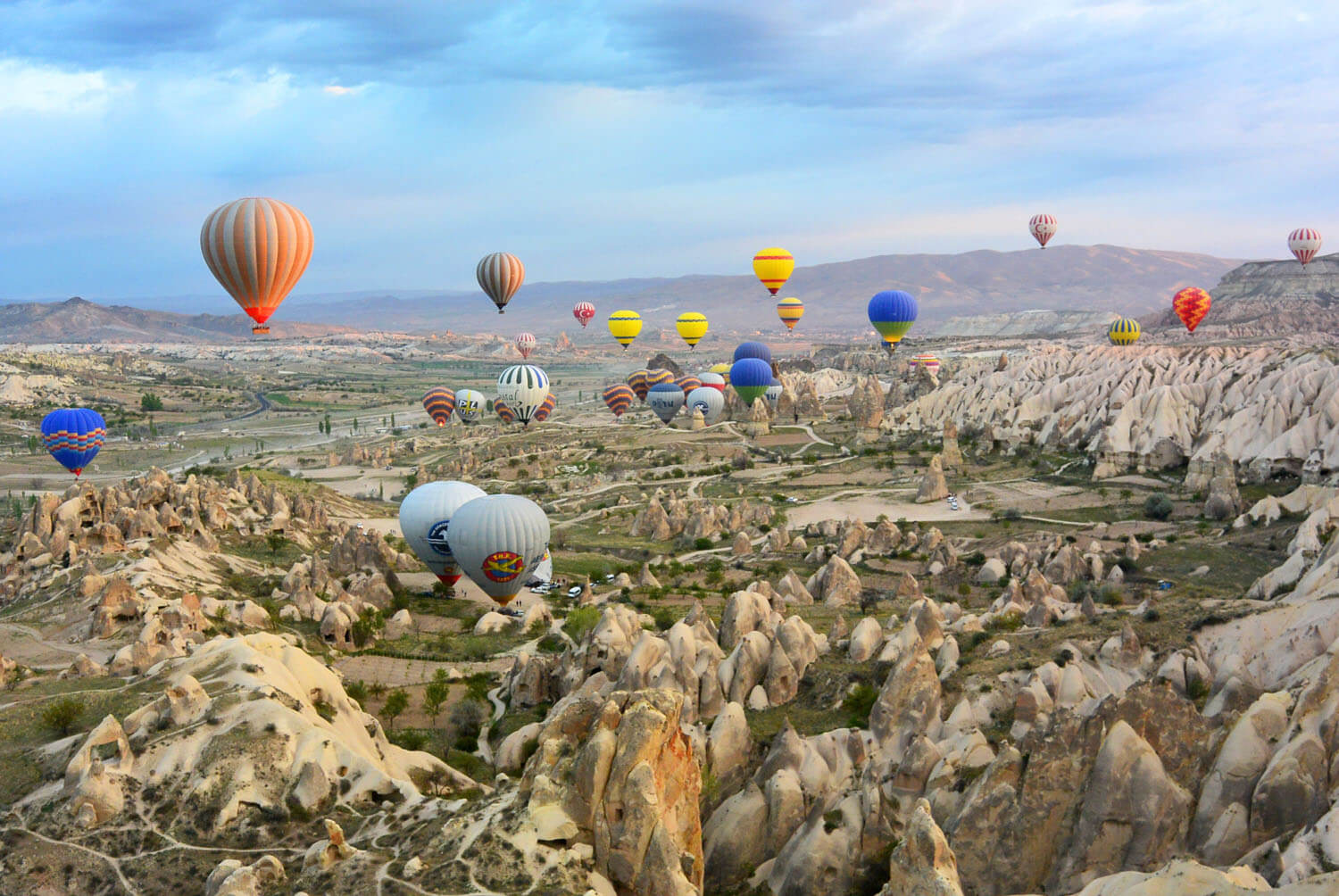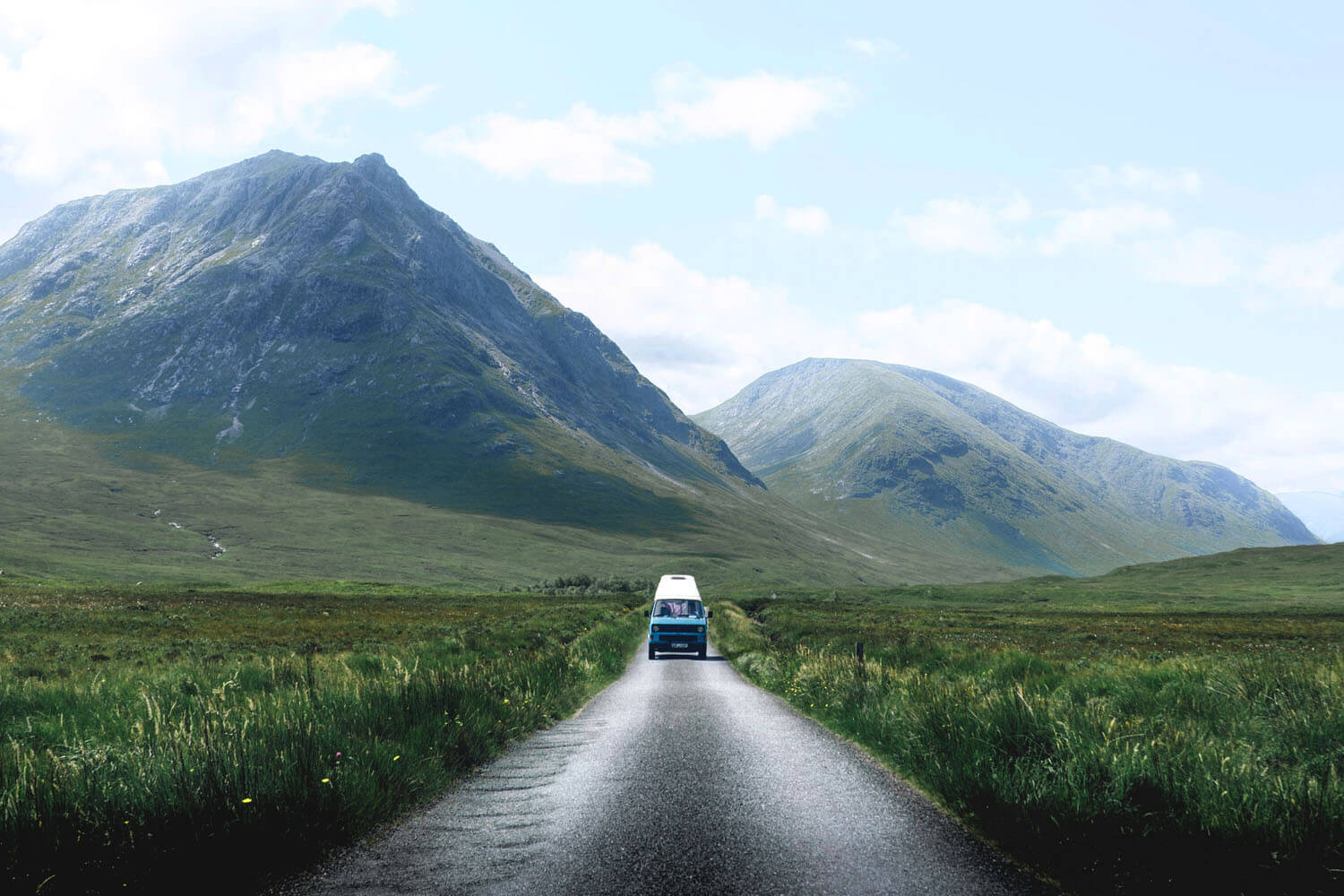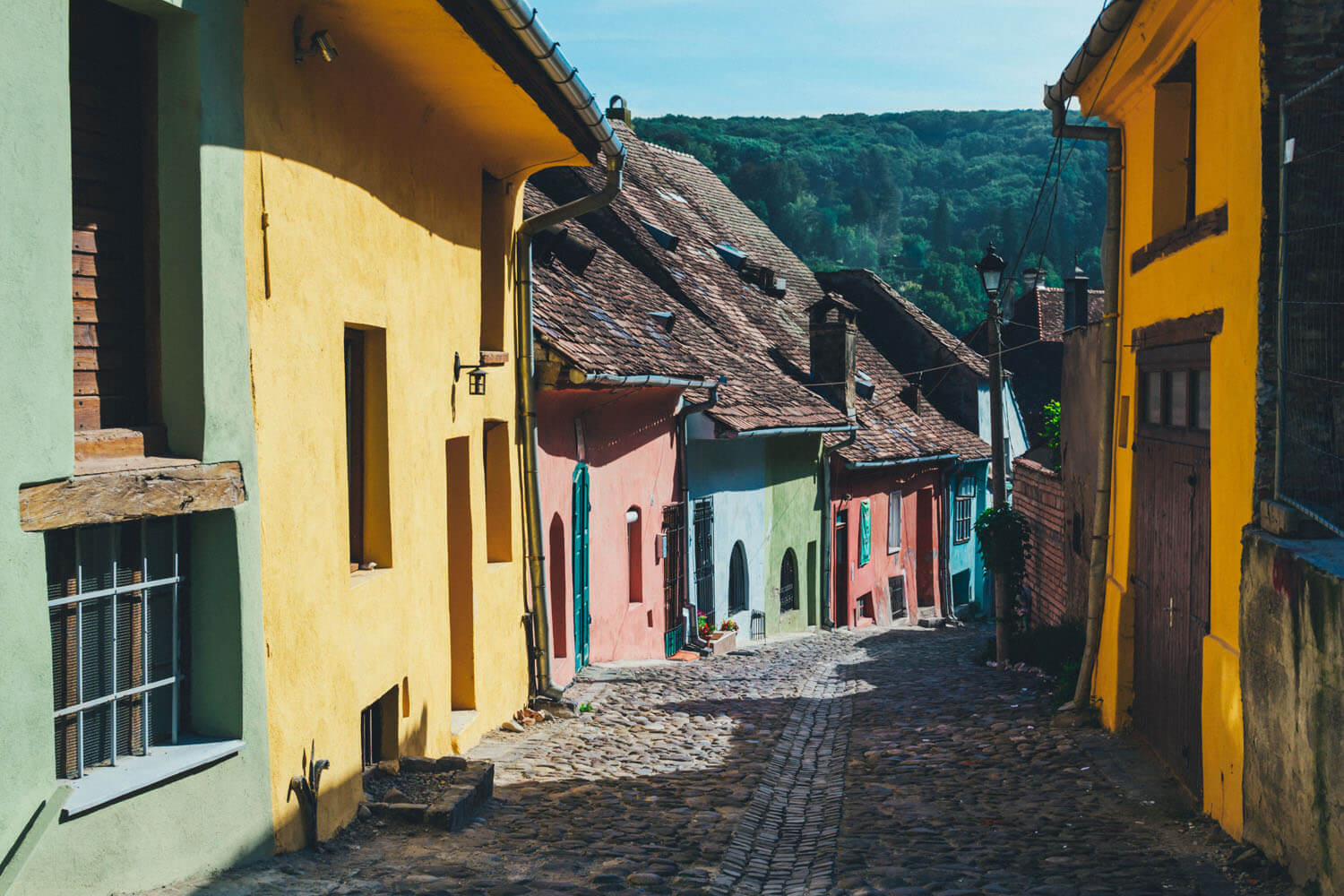We’ve gathered amazing travel photos from around the world, and give you three choices to guess where each was taken. Find out if you know your stuff …or not quite enough.
[Photo at top: Diving off of Lembongan Island, Indonesia]
Looking to improve your photo sleuthing skills? Identifying the location where a photo was taken can be a fascinating challenge, combining a keen eye for detail with some geographic knowledge. Here are some tips that can help you deduce where a photo was taken using the visual clues available.
1. Examine the Natural Landscape
The first clue in a photo often comes from the natural environment. Look at the terrain—are there mountains, forests, deserts, or coastlines? The presence of certain natural features can help you narrow down the possibilities:
Mountains and Hills: High, jagged peaks might suggest places like the Rockies, the Alps, or the Himalayas. Rolling green hills could indicate regions like Tuscany in Italy or the British countryside.
Water Bodies: The appearance of oceans, lakes, or rivers can provide significant clues. For example, if you see a photo with tropical beaches, you might think of locations in the Caribbean or Southeast Asia.
Vegetation: The type of trees, plants, and overall greenery can give away the climate zone. For instance, palm trees suggest a tropical or subtropical location, while coniferous forests might indicate a temperate or boreal zone.

2. Consider the Climate and Weather Conditions
The climate depicted in the photo can be very telling. Snow-covered landscapes might point to places in northern Europe, Russia, or Canada during winter. A hot, dry environment could suggest a desert region, such as the Sahara in Africa or the American Southwest.
Seasonal Indicators: If the photo shows autumn leaves or blooming spring flowers, you can infer the season, which can help identify the hemisphere and possible regions.
Weather: The kind of weather depicted—sunny, overcast, rainy—can also provide clues. For example, foggy or misty conditions might suggest coastal or mountainous regions.
3. Analyse Architectural Styles
Buildings and structures in a photo are among the most informative clues:
Traditional and Vernacular Architecture: Different regions have distinct architectural styles. A pagoda or temple might suggest East Asia, while whitewashed buildings with blue domes could point to the Greek islands.
Modern Architecture: Skyscrapers, bridges, and other urban structures can also be revealing. A distinctive skyline could be a major clue, such as the Burj Khalifa in Dubai or the Eiffel Tower in Paris.
Rural vs. Urban: The presence of large, densely packed buildings suggests an urban area, possibly a major city, while smaller houses or barns might indicate a rural setting.

4. Look for Language and Signage
Language is a powerful clue in identifying a location:
Written Language: Signs, advertisements, or graffiti in the background of a photo can provide direct hints about the country or region. For example, a sign in Cyrillic script points to Russia or Eastern Europe, while characters in Chinese, Japanese, or Korean can narrow down the location to East Asia.
Street Signs and Symbols: Even if the language isn’t immediately recognisable, the style and design of street signs, licence plates, or road markings can offer hints. For example, European licence plates often have a distinctive format, and traffic signs might follow specific conventions depending on the region.
5. Observe Cultural and Social Clues
People and their activities can also be indicative of a location:
Clothing: Traditional clothing can be a strong indicator of a specific culture or country. For example, someone wearing a kimono might suggest Japan, while a person in a colourful sari could point to India.
Local Customs and Activities: The way people are interacting or what they’re doing can provide cultural context. For example, a photo of people practising yoga outdoors might suggest India or a wellness-focused community, while a bustling market scene might indicate a location in Southeast Asia or the Middle East.

6. Use Technology and Contextual Clues
Finally, technology and infrastructure often provide subtle but telling clues:
Power Lines and Utilities: The style of power lines, telephone poles, or even the presence of solar panels can indicate the level of development and possibly the region.
Vehicles and Transportation: The types of cars, buses, or even bicycles can be indicative of specific countries. For instance, distinctive yellow taxis might suggest New York City, while tuk-tuks are common in Thailand and other parts of Southeast Asia.



































Sorry, the comment form is closed at this time.